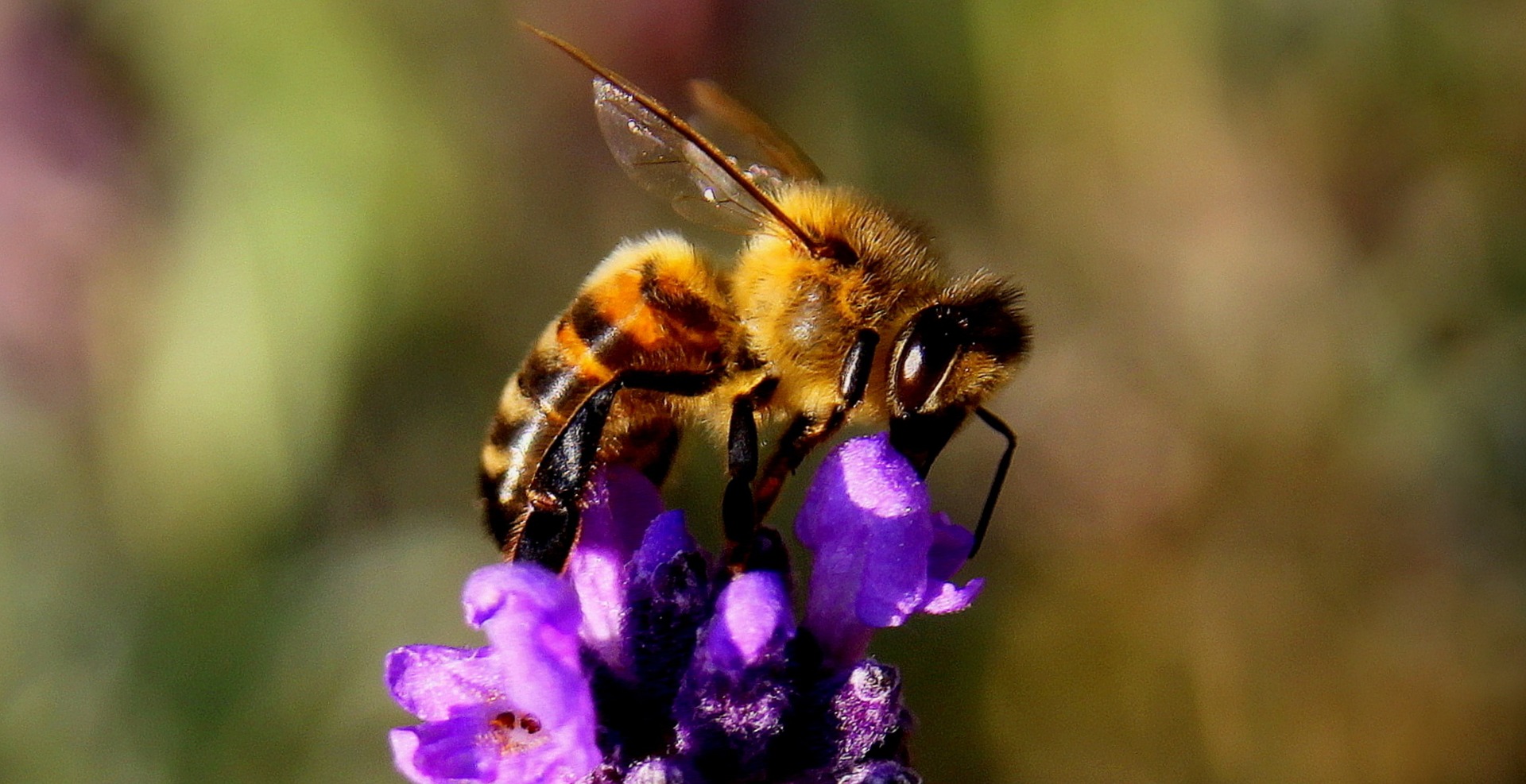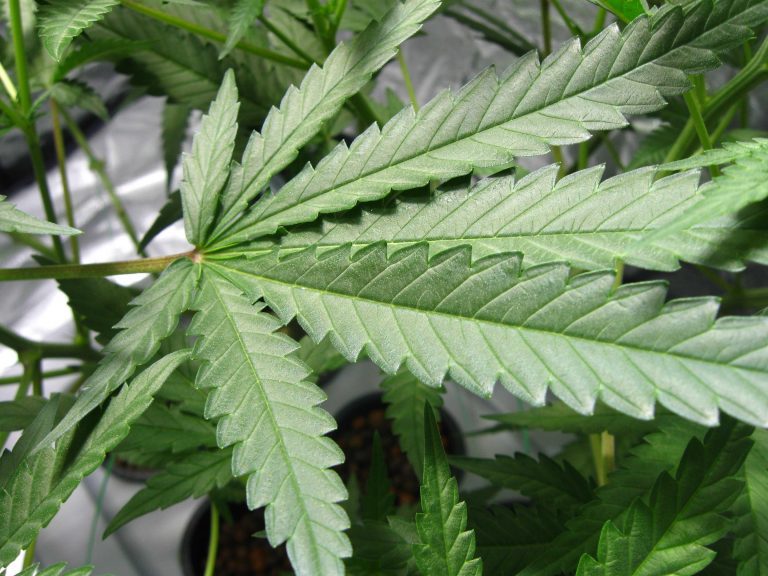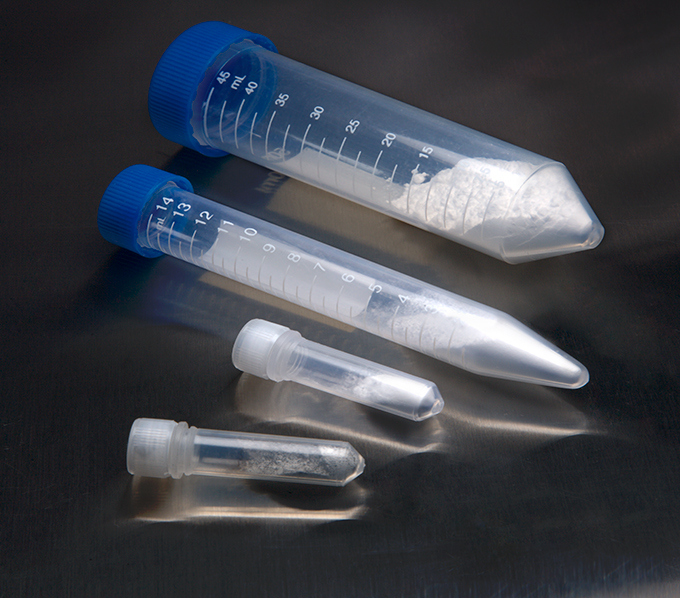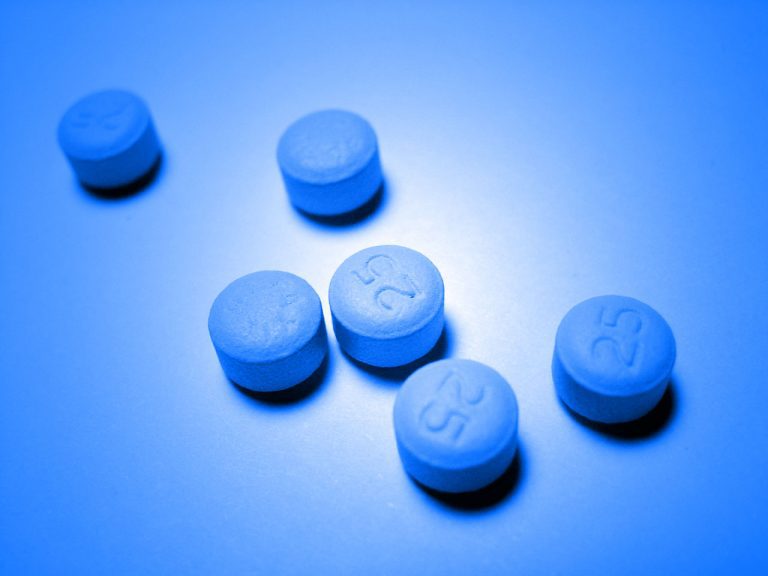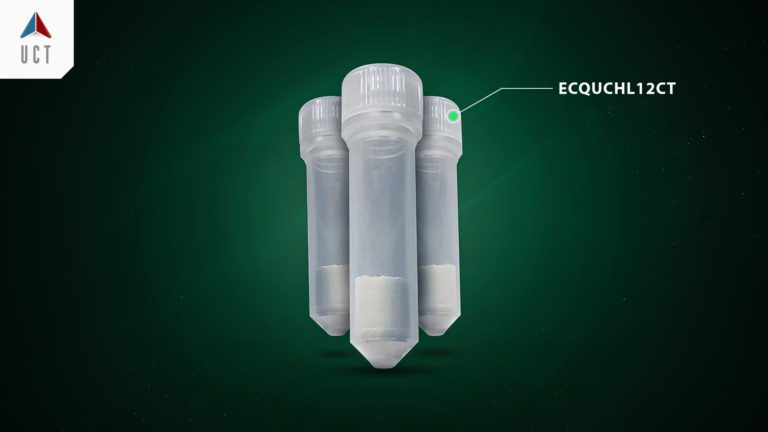UCT QuEChERS Kits Cited in Neonicotinoid Identification in Honey
UCT, the first company to commercialize the QuEChERS technique, still maintains its support for facilities around the world analyzing food samples for the detection of herbicides, pesticides, and insecticides. The most widely used class of the insecticides in last twenty years are neonicotinoids, which act as receptor agonists of nicotinic acetylcholine. Systemic translocation of these neonicotinoids to the whole plant (flowers, pollen and nectar) through xylemic and phloemic transport results in their presence on the leaves through guttation, allowing pathways by which honey bees among other beneficial pollinators can be exposed to these insecticides. Different studies in Europe and USA demonstrated that sublethal amounts of neonicotinoids cause disorientation, reduced communication, impaired learning and memory, reduced longevity and disruption of honeybee brood cycles. The residues of neonicotinoids may be found in honey, pollen and other bee products. Due to their evidenced negative impact, the European Commission issued a two-year ban in 2013 for the use of thiamethoxam, imidacloprid and clothianidin in crops attractive to bees. To enforce the effectiveness of the ban, determination of neonicotinoids in honey has become necessary and requires sensitive, selective and efficient analytical methods.
In a paper published in Journal on Processing and Energy in Agriculture by P. Jovanov et al., (2017) 21, 53-55)), UCT’s famous QuEChERS buffered sample extraction kit , ECQUEU750CT, and general dispersive cleanup kit, ECMPS15CT, were used in the extraction protocols followed by liquid chromatography with diode array detection for the analysis of neonicotinoids in honey samples taken from the Province of Vojvodina, Poland. In the study, the developed method was tested and satisfied all requirements of method validation procedures for pesticides residue analysis in foods (SANCO/12571/2013). The limits of detection (LOD) and limits of quantification(LOQ) are the indicators of method sensitivity in residue analysis, and with this method LODs of 2.5–5.0 µg per kg and LOQs of 7.5–10.0 µg per kg were achieved. The precision of the method produced RSD values less than 20% which assures a good precision developed extraction method. This study shows why analysts looking for the finest of QuEChERS material and methodologies turn to UCT as their first choice. For more information regarding QuEChERS sorbents, kits, applications and methods please go visit https://sampleprep.unitedchem.com/products/quechers.

